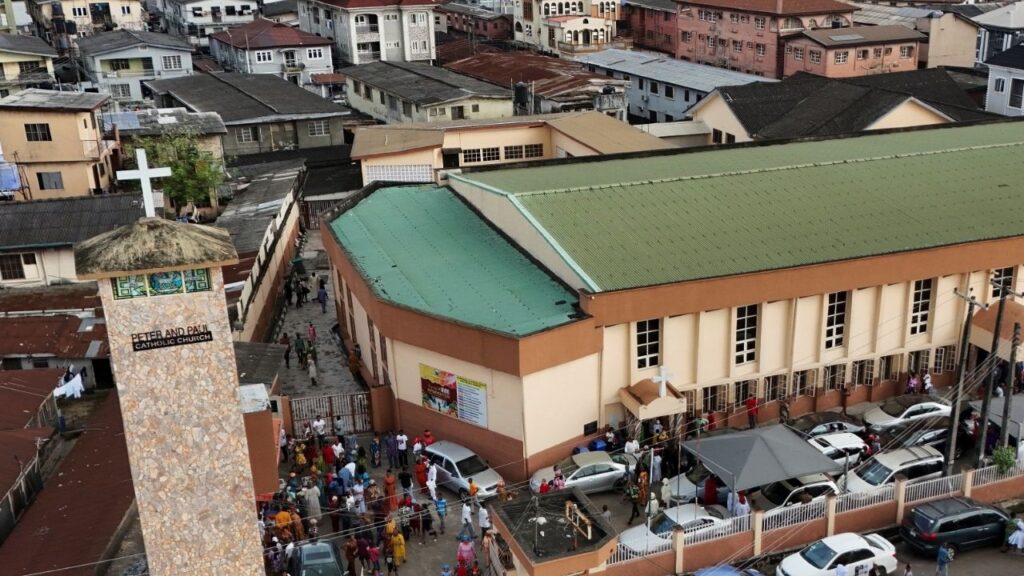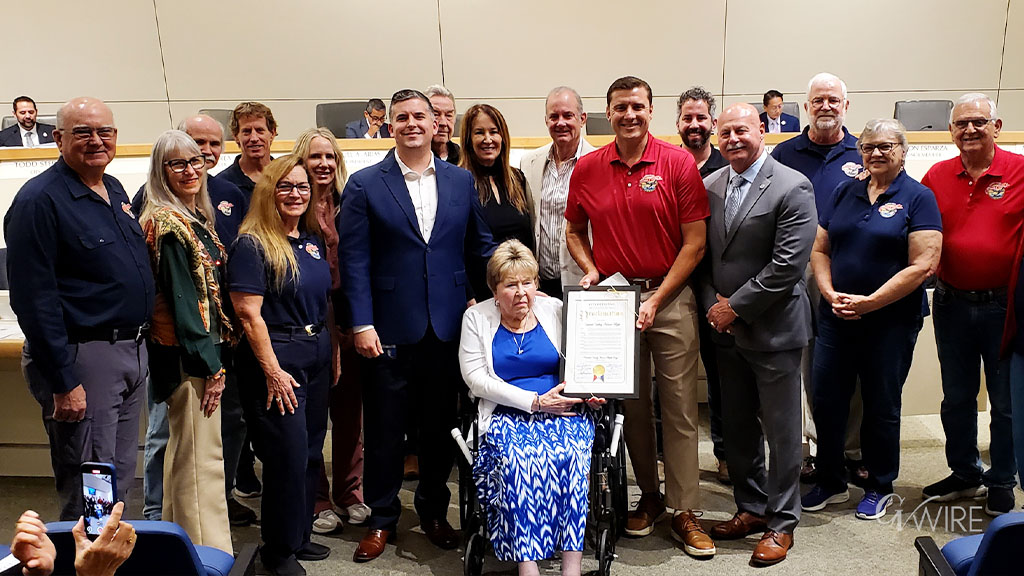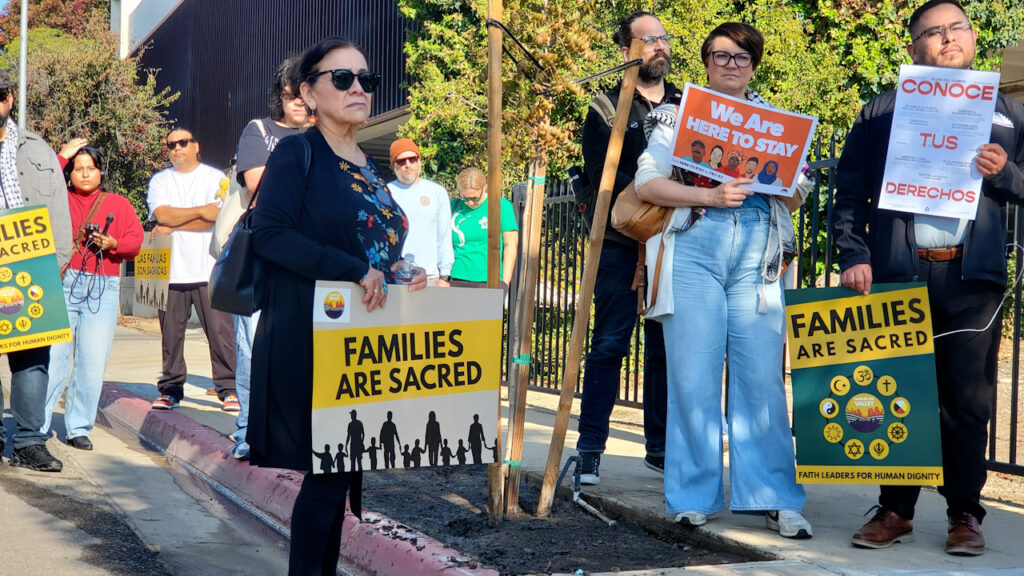Farmworkers harvest banana peppers near the Fresno County community of Helm, July 1, 2025. The divide is widening between California's high and low wage workers. (CalMatters/CatchLight Local/Larry Valenzuela)

- The state Legislature has imposed an empire of rules and costs that has undercut the ability of California employers to create stable, decently-paid jobs.
- In the place of a jobs strategy, an expansive benefits system has been assembled.
- If nothing changes, California will see further erosion of its middle class.
Share
|
Getting your Trinity Audio player ready...
|
This commentary was originally published by CalMatters. Sign up for their newsletters.
Forty years ago this month, I began a 9,000-mile tour of California, gathering data, conversations and observations about megatrends propelling the state into the next century. The result was a 14-part series in the Sacramento Bee, later published as a book titled “The New California: Facing the 21st Century.”
Its overall theme was that massive changes in the state’s economy — shifting from manufacturing to services and technology, coupled with equally massive cultural and ethnic changes, along with rapid population growth — were reshaping the state’s future.
I quoted two researchers, Leon Bouvier and Philip Martin, who projected California’s future as “the possible emerging of a two-tier economy with Asians and non-Hispanic whites competing for high-status positions while Hispanics and blacks struggle to get the low-paying service jobs.”
Any objective description of 2025 California would conclude that Bouvier and Martin, a UC-Davis faculty member at the time, hit the nail squarely.
A new article in Forbes magazine by Michael Bernick, a lawyer who was director of the state Employment Development Department a quarter-century ago, compares two-tier California to “Upstairs, Downstairs,” a 1970s British television series.
The 68-episode series explored relationships between a wealthy family and its servants as a microcosm of the socioeconomic trends affecting Great Britain during the early 20th Century.
Bernick notes that current California economic numbers are lackluster, but behind that data is the more fundamental reality of “California’s evolving Upstairs, Downstairs economy: its prospering Upstairs college-educated professional and knowledge economy workers, and the army of Downstairs service economy workers who serve them.
“This two-tier economy is not new,” Bernick continues. “It has been building in the state over the past two decades — and in some ways since the late 1970s. What is new is how this economy is so widely taken for granted in 2025. It is accepted as the natural order by the very people on the Upstairs who regard themselves as champions and protectors of the working class and poor.”
The Hypocrisy of California’s Elites
Those in California’s mostly white and Asian overclass, Bernick writes, “have been increasingly vocal this year in denouncing the national administration. They denounce inequality and poverty, and speak often of social justice. But they are silent as to the low wage workers who attend to their daily needs, and the inequality that they benefit from. In fact, policies they and the state’s political leadership have advocated for the past decades have expanded the Downstairs workforce.”
Bernick contrasts current California with its more egalitarian and economically mobile mid-century version but adds, “There is no way of going back to this earlier economic structure of a greater self-sufficient middle class, but also no reason to do so.”
However, Bernick adds, “It is one thing to serve others and another to serve others in a position of low pay, status, and authority. That’s the condition in California with its Downstairs workers, the result of policies by state government dating back to the 1990s and of culture shifts. The state Legislature has imposed an empire of rules and costs that has undercut the ability of California employers to create stable, decently-paid jobs. In the place of a jobs strategy, an expansive benefits system has been assembled. Perhaps of greatest consequence, many of the service and blue collar jobs have come to be viewed as beneath Californians. Immigrant workforces have been brought in, helping to keep wages low.”
Bernick concludes that if answers to the low wage jobs problem are scarce, “a start is to at least be honest about politics. The equality politics and rhetoric of the state’s Upstairs workforce bear little relation to their high degree of entitlement today, and how the state’s economy actually is operating.”
Well said.
This article was originally published on CalMatters and was republished under the Creative Commons Attribution-NonCommercial-NoDerivatives license.
RELATED TOPICS:
Categories

Fresno Launching Neighborhood Repaving Project Monday




















